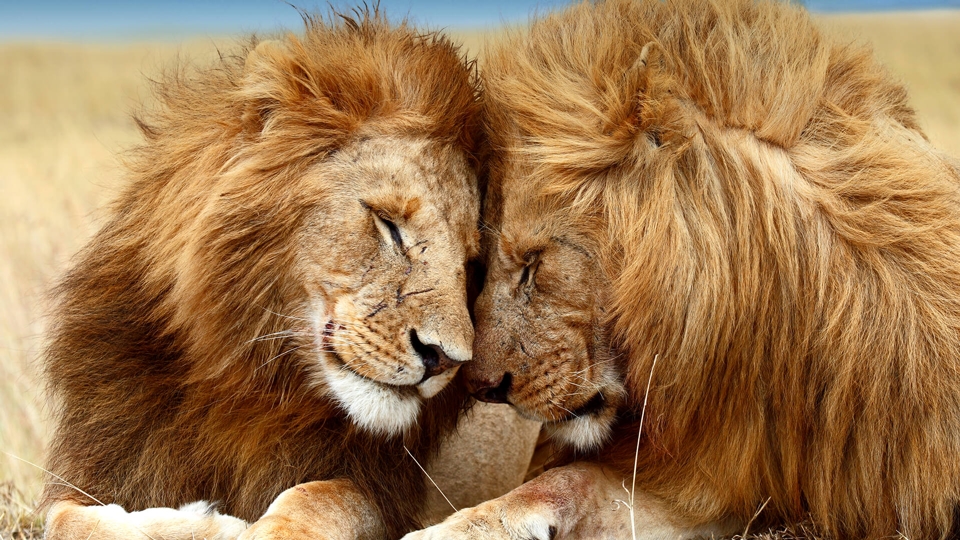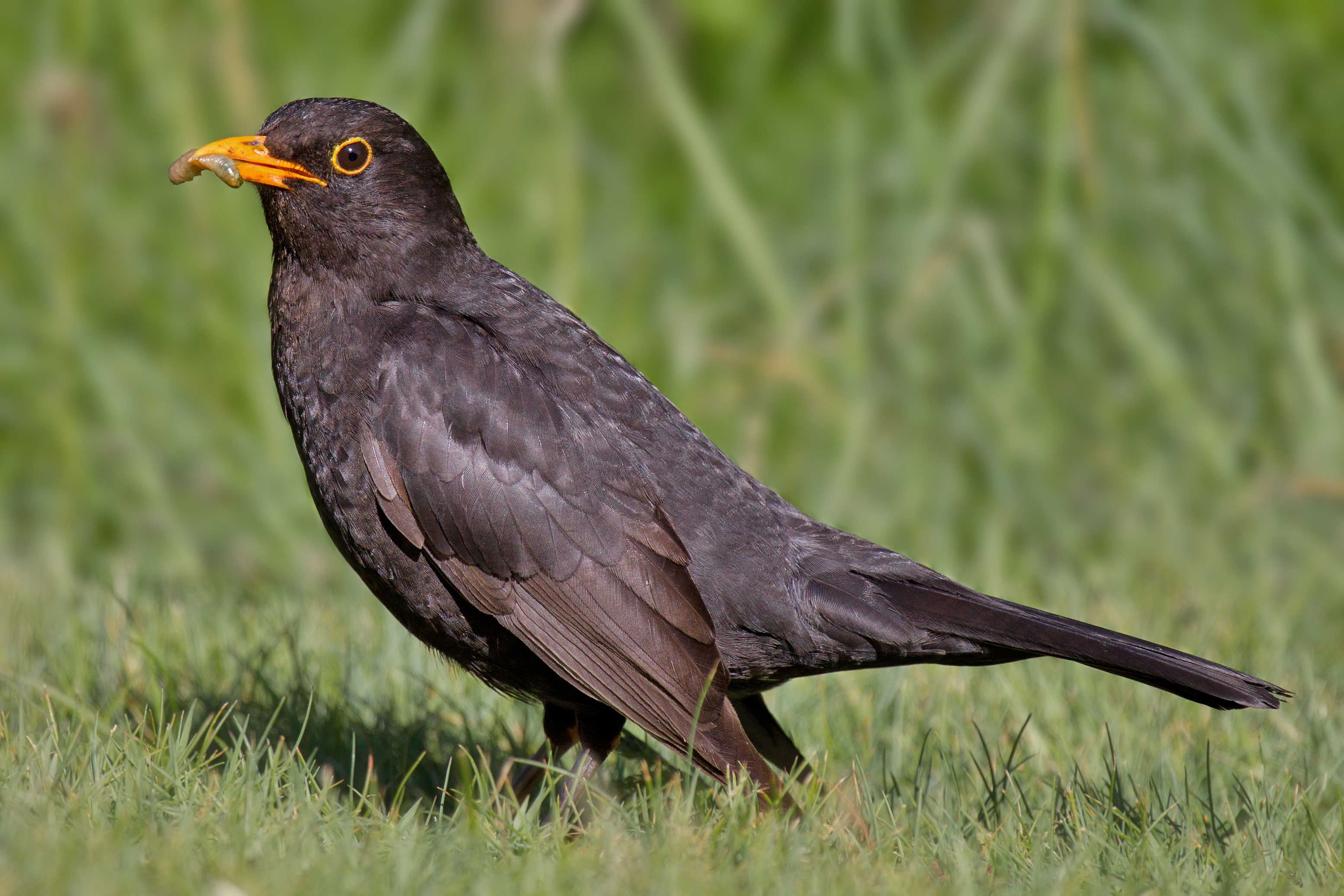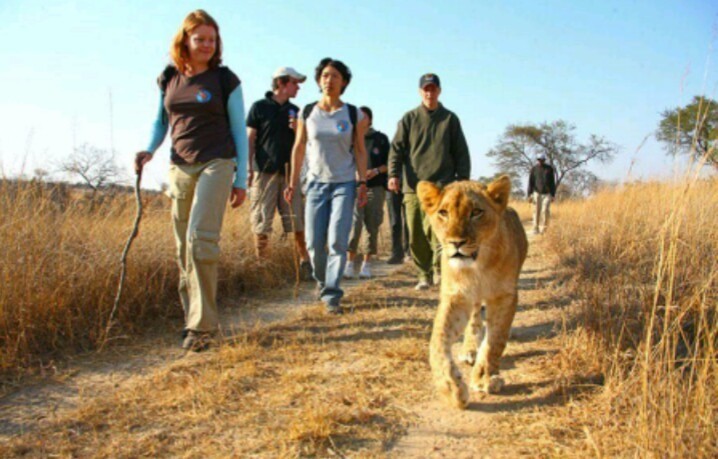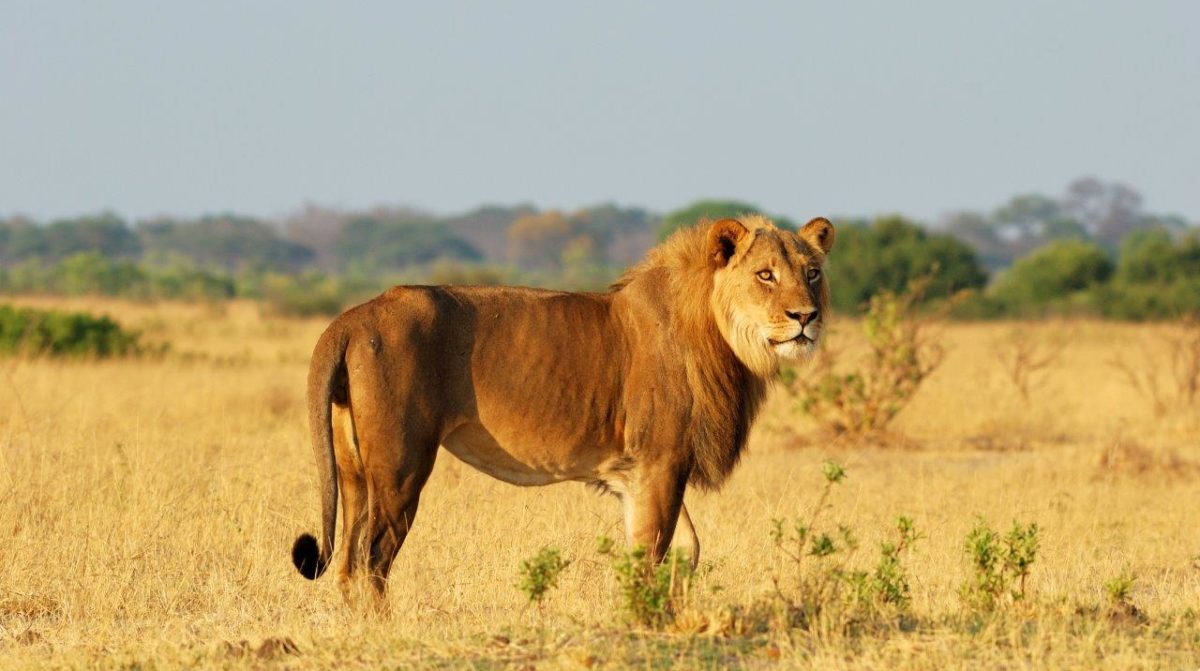Table of Contents
Best 10 Reasons To Visit Kruger National Park in South Africa
The best 10 reasons to visit Kruger National Park in South Africa are; The Big Five, Wildlife, Nature, Birding, Game drives, Nature walks and Vegetation. Prepare yourself for a mid-blowing and jaw-dropping experience at Kruger National Park.
If you are a lover of nature and the wild at large, this is the perfect park for you. Located in the Northern part of South Africa along two different provinces (Limpopo and Mpumalanga), Kruger National Park neighbors Zimbabwe and Mozambique in the South and West respectively.
The park was established by the former president of South Africa Paul Kruger, in 1898 in an attempt to completely eliminate the hunting of wild game but instead to protect wildlife like animals, birds and plant species which in the long run has promoted and boosted the tourism industry in South Africa.
Kruger national park history; people were allowed to access the park for the very first time since its protection in 1927. Kruger National Park size comparison, it occupies over 19.623 square kilometers, Kruger National Park is amongst the largest conservation centers in the whole world and the oldest park in Africa.
Kruger National Park is located in South Africa and spans 7,576 square miles, with a diverse range of vegetation and landscape. The national park is located in two South African provinces: Limpopo and Mpumalanga. Kruger National Park is also known as one of the world’s largest game parks, larger than some countries in the world. The national park is larger than Qatar, Swaziland, Slovenia, Fiji, Kuwait, Lebanon, and the Bahamas, as well as French Polynesia and Cape Verde, among other smaller countries. This makes South Africa’s Kruger National Park one of the most popular game parks in the world.
Best safari Kruger national park, if a tourist is looking for an exciting place to visit in the world, the answers all revolve around Kruger National Park. The park is endowed with many different vegetation types, wildlife varieties, and landscapes, among other things, that tourists can include in their packages to have the best experiences in the national park. Kruger National Park is one of the parks with a lot of wildlife and birds, which is especially noticeable during the dry season when the animals go to the water holes to drink.
These are the best 10 reasons to visit Kruger National Park;
1. The Big Five at Kruger National Park
The big five are the Lion, Leopard, Elephant, Rhinoceros, and Buffalo. These are the big five animals because they are difficult to hunt and have a significant role and impact on a park’s ecosystem. So many visitors return time and time again to have another chance to experience the life of the Big 5 animals.
The Kruger National Park is home to over 12,000 elephants, 2,800 leopards, 2,000 lions, and over 27,000 buffaloes.
These can be found as you walk around the park.
Lions, in particular, are known as the “King of the Jungle” due to their fearless bravery in hunting down any animal in the park. The lion is proud because no other animal hunts him down, but the lion’s main adversary is the Hyenas due to their constant killing of each other’s young. Lions hunt down disabled animals in the park, reducing the population of accumulating wild animals and thus balancing the population of other animals in the park.
Elephants and rhinos are also included among the big five because of their importance to the park’s biodiversity. Elephants and rhinos are herbivorous animals that eat a variety of plants including leaves, fobs, grasses, tubers, roots, flowers, and shrubs. As they feed on the vegetation, they expose the ground surface, allowing other animals in the park to feed on the short grasses as well, making them very important to the park.
Buffaloes are also one of Africa’s big five animals. Because of its dangerous nature, a buffalo is also known as black death. Its unpredictable and grumpy nature makes it dangerous to humans and other wild animals. In the park, buffalo eat grass, straw, and legumes. The male buffalo is known as a bull and can weigh up to 2,000 pounds, while the female buffalo is known as a cow and can weigh up to 1,000 pounds. The bull stands 6 feet tall, while the female stands 4 to 5 feet tall.
 |
 |
2. Wildlife at Kruger National Park
Kruger National Park is home to collectively 147 different recorded mammals and these can be seen harmoniously gracing the fields of this huge park. Other than the Big Five, other animal species at the park include; Giraffes, cheetahs, zebras, wildebeest, bushbucks, greater kudu, impala, hippopotamus, common warthogs, sable antelopes and many other animals.
Compared to other parks in Africa and the world at large, Kruger National Park has the highest number of large mammals. In fact all of them are closely monitored on webcams which were set up in the park. This fun fact makes the park unique and worthy of your visit.
African Wild Dogs Sanctuary at Kruger National Park
This amazing park also serves as a home and safe haven to the endangered African Wild dogs. The dog packs happily tread the grounds of the park and they are believed to be the last of the 400 wild dogs left in South Africa.
3. Birding/ Bird Watching at Kruger National Park
The park is home to over 500 different bird species. They include both resident and migratory birds, which is fantastic news for birders who want to see a variety of birds. They are especially enjoyable to watch during the summer (December to February).
Another popular activity in Kruger National Park is bird watching. The park has a large surface area with vegetation, landscapes, and bodies of water where birds can be found and birding can be done. Tourists interested in birding may require telescopes to view and zoom in on birds that are too far away for their eyes to see. As a result, visitors use binoculars to zoom in and see the birds clearly.
The Kruger National Park is home to a variety of birds, including the Hamerkop, Tawny Eagle, Cape Starling, Southern Ground Hornbill, African Fish Eagle, Eurasian Bittern, Little Bittern, Dwarf Bittern, and African Fish Eagle. Striated Night Heron, Squacco Heron, Rufous-bellied Heron, Cattle Egret, Grey Heron, Black-headed Heron, Goliath Heron, Purple Heron, Great Egret, Intermediate Egret, Black Heron, Slaty Egret, Little Egret Retz’s Helmet-shrike, White Helmet-shrike Bokmakierie, Grey-headed Bush Shrike, Black-fronted Bush Shrike, Olive Bush Shrike, Orange-breasted Bush Shrike, Gorgeous Bush Shrike Among the many birds are the Brown-crowned Tchagra, Black-crowned Tchagra, Black-backed Puffback, Tropical Boubou, Southern Boubou, Crimson-breasted Gonolek, and Brubru.
There are several ways to go birding in Kruger National Park. Some visitors use boats to view the birds around the water bodies, while others go on walking safaris to get closer to the birds on the trees in the savannah grasslands, and still others go on game drives to spot birds, among other activities. The tour guides are available to provide additional information about the birds that visitors see. The tour guide has a book in which the tourists can find information.
 |
 |
4. The Virgin Nature of Kruger National Park
The park is perfectly and authentically wild. This is unbelievable but true, you will not find any cages or enclosed spaces with animals trapped on the inside for tourists to glance at. In this awesome park, the animals are free to move about as they please.
This will give you the real thrilling experience of being in the wild as you co-exist with the animals. You will be able to learn more about wild animals and their true behaviors when in their natural habitats.
5. Game Drives in Kruger National Park
The park offers fantastic game drives, which will require you to get up earlier than usual and eat breakfast.
Game viewing in South Africa’s Kruger National Park requires a 4×4 open-sided vehicle, as recommended by the park. Tourists use the vehicle to access deep parts of the park via the park’s feeder roads. Several spots have been established in the park for visitors to stop and walk around the park while viewing other wildlife and nature.
In Kruger National Park, game driving as a tourism activity is done with the assistance of a tour guide and a game ranger armed with a gun. The tour guide’s role is to assist visitors in spotting animals in the park, identifying them and explaining more about them to tourists, as well as guiding tourists on what to do and what is prohibited in the park. The game ranger, on the other hand, with the gun, is responsible for protecting tourists from wild animal attacks. Although the game ranger has a gun, his job is to scare the animals away from the visitors rather than directly shoot them.
Game driving is possible at any time of day in the park, though early morning hours as early as 5 a.m. may be the best. Visitors must arrive early for the game drive in order to get a good look at the animals of interest to them. These animals hunt early in the morning and then go into hiding during the day. As a result, spotting animals of interest may become difficult during the day.
Game driving in the park is also best done during the dry seasons, when most of the park’s water bonds are dry. Many animals congregate in the park’s other water sources. The carnivorous animals in the park then take advantage of the situation and hunt the park’s weaker wildlife. As a result, visitors during the dry season have a better chance of seeing different animals’ hunting abilities.
Please remember to bring your camera so you can take beautiful pictures and videos to show your friends and family back home. There will be lions, giraffes, elephants, buffaloes, wildebeests, reptiles, and many other animals to see.
 |
6. Guided Nature walks at Kruger National Park
You have an opportunity to tour the park on foot! This sounds awesome because you will get a chance to stretch your legs and enjoy the park dwellings from up close. You will not miss out on any details.
You do not have to worry about your security because you will be under the protection of armed rangers who can keep predators like Lions away.
Game rangers with guns and tour guides accompany tourists into the park’s deepest reaches to spot animals, vegetation, and landscapes, among other things, for further study. In the event of an attack, the game ranger with the gun will shoot to scare away the animals, and the tour guide will explain more about what the tourists see and the questions they ask.
Walking safaris are another popular activity in the Kruger National Park. Tourists walk through the park to experience a safari. Tourists on walking safaris are not given specific directions or routes to follow. They simply move in any direction, and whatever they see in the park is what they study.
Walking safaris are a well-planned activity in the park, with many established stopovers for visitors to rest and enjoy a cup of tea while waiting for the next program. Visitors can share their experiences with the game rangers and tour guides, allowing them to form bonds with one another. After a short rest, they can either go in another direction to see more animals or return to the accommodations. Walking safaris are ideal for visitors who want to get up close and personal with the park’s wildlife and nature.
 |
7. Vegetation at Kruger National Park
The entire park has over 336 different trees which offer shade to the animals and shelter to the birds. This makes them a delight to look at.
Because the Kruger National Park is so large, there are many different types of vegetation cover throughout the park. This is due to the fact that different parts of the park have different soil types, landscapes, and weather conditions. Places where it rains a lot differ from places where it rains a little. The vegetation in the Savannah grasslands is dry due to a lack of rain.
The following vegetation types can be found in Kruger National Park: Savannah grasslands, mixed broad leaf woodlands, northern sand-veld, Mopaneveld, Lebombo, Thorn thickets, Riverine bush, and South-western foothills vegetation. Because of the different feeding of animals in the park, different vegetation is classified into different habitats.
The Savannah grasslands are characterized by many carnivorous wildlife such as Lions, Leopards, Cheetahs, and Hyenas, among others, who use the short grasses to view and hunt down other animals as prey such as antelopes, knobs, and impalas, among others. These carnivorous animals hunt the weaker animals because they are easier to catch than the stronger and more active animals.
Tree climbing animals can now be found in riverine forests, which have vegetation of green trees with leaves and fruits for the animals to feed on. Vervet monkeys, Chacma baboons, Skye’s Monkeys, Brown greater galago, Lesser bush-baby, and Mohol bush-baby are among the primates found in Kruger National Park.
Generally the park consists of Open savanna grasslands, thorns, shrubs and red bush-willow and mopane veld. The unique vegetation cover is worth seeing with the naked eye.
8. The Noble Cause at Kruger National Park
Because of the noble cause of fighting against Rhino poaching, there is a well established crew of 650 trained game rangers who navigate the entire park to prevent that awful practice of Rhino poaching.
With the help of the South African Police Service, South African Air Force and the South African Defense Force, the situation is well maintained. There are two helicopter (donated by the RAF) and two borrowed drones to surveil the park from the air.
9. Accessibility of Kruger National Park
The park is strategically located in between two provinces (Limpopo and Mpumalanga) which makes it accessible. The well developed road network leading to the park and 9 different entrances into the park make it exceptional.
The park also has 3 different airports which are; Phalaborwa Airport in the North of the park, Hoedspruit East-gate Airport at the center of the park and lastly Kruger Mpumalanga International Airport at the Southern part of the park.
10. Beautiful Scenery at Kruger National Park
Regardless of what time of the year you choose to visit this lovely park, you cannot fail to spot something beautiful to look at, the breath-taking sunsets and general appearance of the landscape backed by the sounds of the animals and birds will have you awestruck.
The best 10 reasons to visit Kruger National Park are only a small fractions of the wonders awaiting you at the park.
When to visit Kruger National Park
The park is open through out the year which means that you can visit any time you feel like. The time of your visit however will be based on what you are interested in doing when at the park, for example;
For game viewing safaris, the dry season which is June to August would be the best time for you to visit Kruger National Park.
The refreshed green appearance of the park after the rains in September to November encourages sight seeing and more game viewing, the park is full of new offspring of the wild animals.
When you visit in summer, which is usually from December to February, the thick vegetation will make it hard to spot any animals. However, it is the perfect time for bird watching safaris.
March to May is the Autumn season and the bushes are still very high hence not ideal for game viewing. Please make good use of the other seasons for a proper tour in Kruger National Park.
How to get to Kruger National Park
The park can be accessed either by road or air transport.
By Air
There are 3 different routes you can take when flying from Johannesburg to get to the park. These include;
A flight from Johannesburg Airport to Sabi Sand Reserve Airport, This will take you 3hrs and 53 minutes and is the 2nd fastest and most recommended flight to the park.
A flight from Johannesburg Airport to Hoedspruit Eastgate Airport. This the fastest route taking about 3hrs and 48 minutes.
The flight from Johannesburg Airport to Skukuza. This will take you 4hrs and 54 minutes.
Lastly, a flight from Johannesburg Airport to Kruger Mpumalanga International Airport.
By Road
Using a 4×4 wheel drive private or public vehicle, the roads leading to the park are all in perfect condition (tarmac roads) with visible sign posts to give you clear directions and enough service centers where you can refuel in case your car runs out of gas.
You can actually drive yourself to the park and take as much time as you want to capture all the beautiful sightings on your way to the park. The distance to the park depends on where you are coming from i.e.
- From Pretoria /Johannesburg, the park is 420km away.
- Cape Town to the park it is 1,842km.
- Durban to the park, 752km.
- Port Elizabeth to the park, 1436km.
- Bloemfontein to the park, 834km.
Accommodation at Kruger National Park
There are so many beautiful hotels, inns and lodges at the park and in areas surrounding it. They provide three different types of accommodation like; Luxury, Mid-Range and Budget accommodation.
Luxury Accommodation at Kruger National Park
This targets clients who are ready, capable and willing to spend on luxurious goods and services while on their stay. Examples include;
- Savanna Private Game Lodge; It is a very beautiful lodge with great views, spacious rooms, gym, professional massage parlors, great food and it offers its guests game drives to see the Big Five.
- Royal Malewane; It is a luxurious hotel which offers all its guests with the treatment they deserve, be assured of being treated and attended to like a royal in all aspects of the word for example; best safari spa, private butler services and a lot more.
- Singita Boulders; It is among the top notch 5-star lodges in Kruger with exceptionally prepared meals, superb views, great winery and a lot more.
Mid-Range accommodation at Kruger National Park
This is for clients who are willing to spend but not extravagantly. Places offering this type of accommodation include;
- Kruger Adventure Lodge; It is a simple 3-star hotel found 127.6km from the park. It has an outdoor pool, a play area, great catering services and it is peaceful.
- Kruger Private Lodge; It is a nice place with kitchenettes in every room. It is ideal for sharing and it is 151.5km away from the park.
- Sleepover Kruger Gate; It is a simple but nice place found 109.5km away from the park.
Budget accommodation at Kruger National Park
This for clients who are on a tight budget and are not willing to spend at all. It is the most affordable of the 3 accommodation types. Examples include;
- Olifants Rest Camp; It is a 2-star hotel found 18.9km away from the park. It offers great Barbeque services to its guests, it is simple but modest.
- Letaba Rest Camp; It is a 2-star hotel found 15.1km from the park. It is along the river side with an outdoor pool and nice view.
- Balule Satellite Camp; It is a simple camp situated 19.5km away from the park. It is good enough.
NB: Most of the lodges in the park have airstrips which means that you can fly to your accommodation place from wherever you are coming from.
Because of advanced technology, you can now make your bookings and sleeping arrangements online. Please remember to make your bookings at least a month before your tour for proper planning.
Weather and Climate In Kruger National Park
The best time to visit Kruger National Park. The seasons in Kruger National Park are backwards from those in Europe and North America. Temperatures and humidity levels tend to be high during the wet summer (October–April). The dry winters (May–September) are quite warm and pleasant, with significant nighttime cooling. When going on a game drive in the wee hours of the morning or late at night, it’s best to dress warmly.
Winter: May–September (The dry season)
Throughout the winter, there is hardly any precipitation, and the humidity is minimal. As water becomes scarce in the bush, animals congregate around reliable water sources.
- The end of summer and the beginning of spring is signified by the month of May. Normal morning and afternoon highs are now at 12 and 27 degrees Celsius (54 and 81 degrees Fahrenheit), respectively.
- June, July, and August. You should bring appropriate winter clothes because morning game drives in open vehicles will be chilly. Typically, the mornings are cool, at 10 degrees Celsius (50 Fahrenheit). Daytime highs of 26 °C (79 °F) and clear skies are expected this week.
- In September, temperatures rise slowly to a high of around 29 °C (84 °F) by afternoon, and the first rains provide welcome relief from the extreme dryness that has persisted throughout the month. Mornings are warmer, with average lows about 14 °C (57 °F).
From October through April, the wet season is in full swing, while May through September is summer.
At times, the summer heat and humidity can be downright intolerable. Even when average daytime temperatures reach 32°C/90°F with significant humidity, peak temperatures regularly exceed 40°C/104°F. Storms tend to occur in the afternoons, however it does occasionally rain all day.
- In the months of October and November, temperatures rise and afternoon showers become more common. morning lows of 18C/64F and afternoon highs of 31C/88F.
- The hottest and wettest times of the year are December, January, and February, when afternoon thunderstorms and high humidity are the norm. The heat of the day often reaches around 32°C/90°F, but can reach a sweltering 40°C/104°F on rare occasions.
- In March and April, precipitation lessens and temperatures rise gradually. The weather in April is often beautiful, with minimal clouds. The nights are cooler, but still bearable, hovering about 18°C/61°F. Humidity decreases and daytime highs hover around 30 degrees Celsius (about 64 degrees Fahrenheit).
My Conclusion of Kruger National Park
On top of the best 10 reasons to visit Kruger National Park, there is honestly so much to love about this park. Just book your tour with Kubwa Five Safaris and you will have a thrilling adventure every step of the way.

